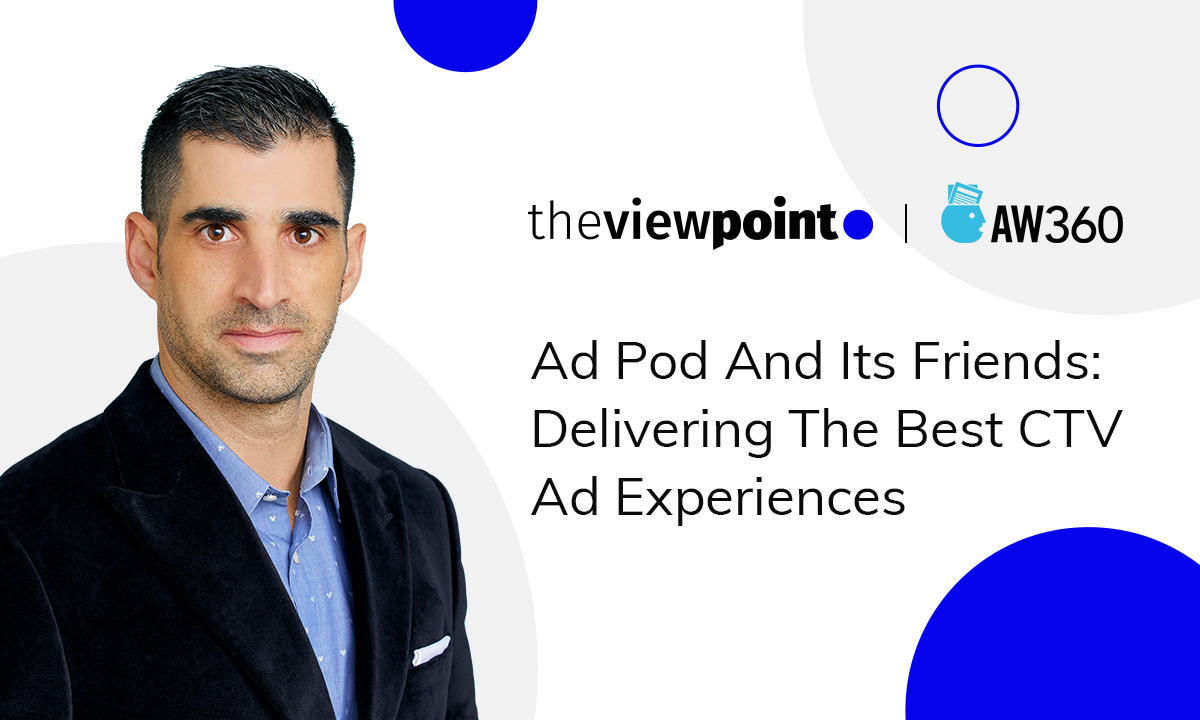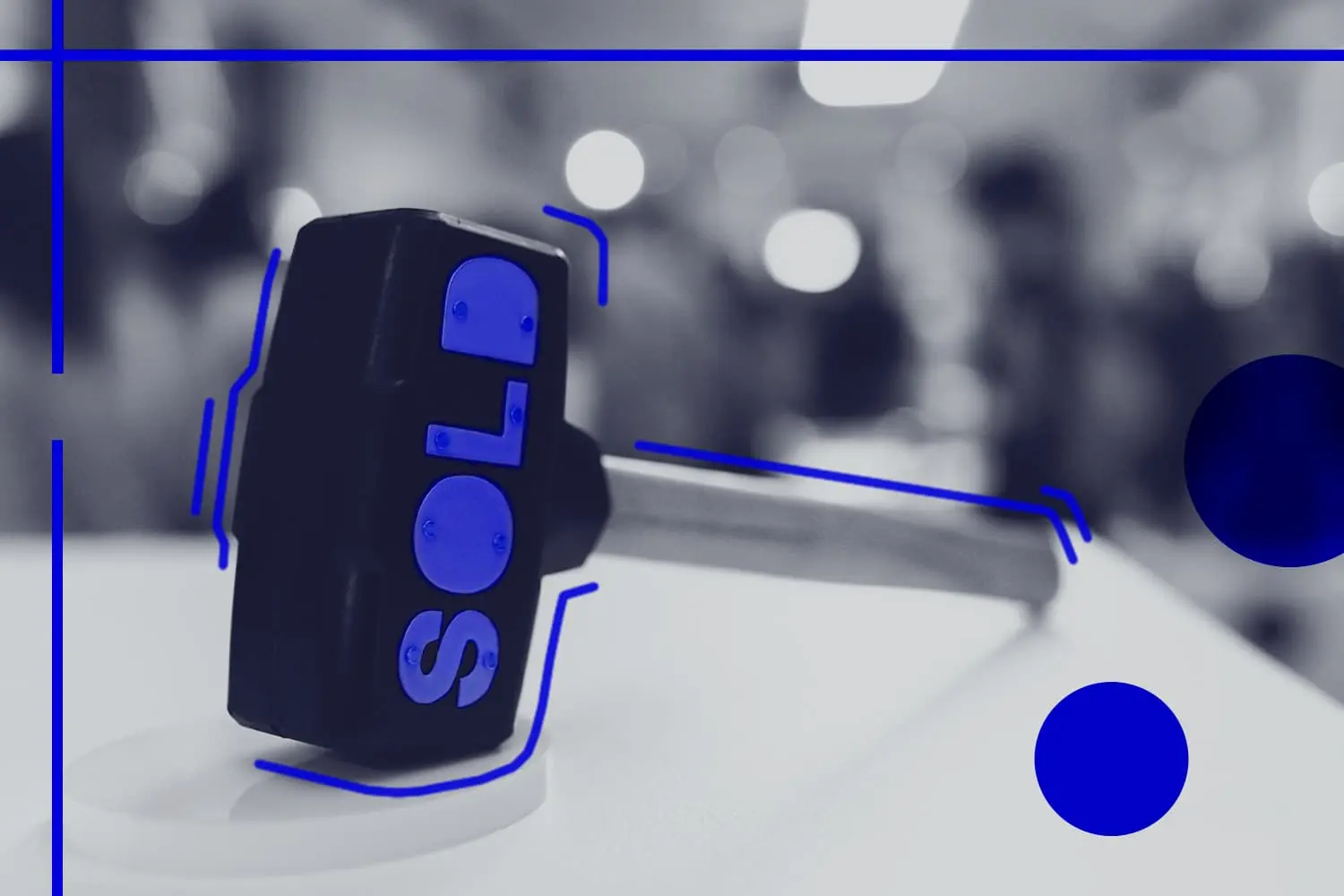
Private Marketplaces in CTV Advertising
Digital is still a young and developing part of the marketing industry. It is therefore evident that with further advancement, there will be more and more buzzwords popping up. One such concept, the private marketplace (PMP), is becoming a common phrase among Connected TV (CTV) professionals. eMarketer states that in 2020, programmatic ad buying on private marketplaces overtook open exchange buying and became the most popular real-time bidding (RTB) approach. So, what is the meaning of PMP? How does private marketplace benefit advertising? Let’s find out.
What is PMP in Advertising?
The private marketplace is different from traditional public platforms in terms of its publisher-advertiser relationship approach. PMP creates a more direct, personal, and exclusive interaction between the two parties while utilizing all the benefits programmatic technology has to offer. Private marketplaces automate processes, eliminate manual work, and ultimately deliver a fast and fair mechanism.
Think of private marketplace advertising as a digital automatic exchange involving exclusive participants that utilize real-time bidding (RTB). Unlike open marketplaces, PMPs are invite-based, meaning that ad inventory is closed for the majority of advertisers, and access is only provided for selected and reputable ones. This puts private marketplaces in between the guaranteed deals and an open market format, which allows publishers to bundle their placements for dedicated buyers and quickly sell the remaining spots on an open marketplace if needed.
Here’s how things work: publishers can choose the buyers they would like to work with and hand them private invitations to join the exchange. The publishers set the price for their inventory, while buyers can enrich their advertising with the transparency and unique first-party targeting information provided by the publisher. Buyers also reserve the right of first refusal on given impressions.
The efficiency of this cooperation is enhanced through the RTB environment, which leverages media programmatically by both parties. Another important feature of PMP deals is that advertisers get to choose their inventory, ensuring their brand safety goals are met and receiving insights into where their ads will be displayed.
As we already mentioned, transactions made through private marketplaces are powered with programmatic technology, hence, they utilize Deal IDs. Let’s see how these functions in practice.
What’s a Deal ID?
Simply put, Deal ID is a relatively new technological solution, developed in the last few years, meant to simplify individual matching between publishers and advertisers.
Private marketplaces use Deal IDs to turn negotiations between parties into an automatic programmatic ad buying process. An algorithm collects a set of deal criteria, and if those match, the exchange is completed. This includes the minimum bid, auction types, ad formats, the number of ad displays, and a bunch of other parameters. For example, in the case of TVP Connect, a programmatic ad solution powered by TheViewPoint, one can set deal prices, priority, auction types selection, user frequency capping, budget and campaign flight details
So, what does a Deal ID look like? Computers recognize Deal ID as a 19 character long set of numbers. It is generated on ad servers or SSPs (supply-side platforms) and includes encrypted deal information. Demand-side platforms ‘read’ the data stored in these IDs to bid correspondingly.
Just like your favorite vendor at a local farmer’s market may give discounts and the freshest produce to his most valuable customers, publishers are using Deal ID tools to augment selling functionality and benefit selected clients. By changing deal rules, they can, for instance, provide top-spending advertisers with better inventory or consider their marketing objectives upfront. The latter means publishers can optimize their ad slots in order to meet advertisers’ specific KPI demands. Such compromises can have a great impact on forming strong, profitable, and long-term cooperation goals.
Benefits Private Marketplaces Give to Publishers
Publishers select their advertisers.
Since publishers invite advertisers to join their little ad placement party, they get to select the theme of that party. In other words, sellers are able to choose the content of their ad inventory. This helps to avoid advertisements that can potentially harm the publisher’s image.
Ad inventory wholesales.
Private marketplaces allow publishers to sell whole sets of ad placements at a time at a reduced price to a single buyer, which simplifies negotiations.
Automatization = safety.
A private marketplace removes the need of having traditional sales teams to close deals and eliminates risks related to the human factor. A programmatic approach ensures safety and automation of ad-exchange processes.
Fixed deals.
Publishers can protect their financial interests by ensuring the sale of their premium ad inventory. One of the biggest flaws open markets bring is the lack of guarantees that their ad placements would be sold to the highest bidder.
First-party data.
On PMPs, through private deals, both advertisers and publishers have greater security to share valuable first-party information than on open marketplaces.
Downsides of PMPs for Publishers
Advertisers’ volatility.
Buyers are rarely determined to continue working with the same publishers if the cost of placement goes up. Instead, advertisers tend to select whichever is cheaper.
Bargain complications.
It is publishers’ responsibility to find their advertisers, but it can take time and effort to get the right buyers who would be interested in long-term cooperation. Plus, setting deals and pre-negotiating with each and every one of them may introduce complicated overhead for some publishers.
Private marketplace deals are not guaranteed.
This creates turbulence on both buyers’ and sellers’ sides. Publishers are not obliged to realize precise volumes of impressions, and at the same time, advertisers are not obliged to purchase all the placings being offered. This makes it hard to estimate the return of given cooperation.
PMP requires constant monitoring.
Despite private marketplaces being automated through programmatic, publishers are still responsible for maintaining and adjusting exchange parameters to respond to market fluctuations, trends, supply and demand ratios, etc. Neglecting such factors means losing income.
Are Private Marketplaces Good for Advertisers?
In many instances, advertisers share the exact same benefits of PMP advertising as publishers do. For example, advertisers need no dedicated sales teams to manage trades on a private marketplace. Partnerships between a buyer and seller are a good basis for free user data exchange, and first-party information collected on the publisher’s side may become a valuable source of marketing insights for an advertiser. Thus, ad messaging, the best ad formats, the most profitable placements for a given audience, and other decisions can be greatly facilitated this way.
Just like publishers, advertisers care about their brand reputation. Having private marketplace deals makes it clear where the ads are being placed and what kind of audience interacts with them. This format of cooperation also relies on the publishers’ commitment to building stronger ad revenue based on their reputation and sets out common and mutually beneficial objectives.
Another vital edge for advertisers is that PMPs are the best sources of exclusive inventory that is otherwise unavailable via open marketplaces or other CTV-oriented ad exchange models. The potential of having privileged access to powerful ad spots can be enormous.
Tips to Increase Revenue from Private Marketplaces
The key to success in any marketing field is in balance between the desire to collect maximum profit and the necessity to provide value to a partner. Obviously, publishers would want to collect as much CPM as possible, given they control the price threshold, while advertisers aim to grab the sweetest fruits and skip spots that may not result in preferable returns, since they have the ability to choose. Here’s a checklist of actions advertisers and publishers can take in order to maximize the benefits in the long run:
Negotiate the first right of refusal conditions in the first place. Ideally, this should regulate the terms under which an advertiser has the right to skip an ad placement offer to avoid possible abuse of functions.
Select the pricing strategy: dynamic CPM, fixed CPM, or an alternative. Decide on the type of auction being held on a private marketplace.
Discuss targeting options and user data exchange details in order to structure placements and creatives.
Negotiate on volumes and make sure these volumes match advertisers marketing budgets. Publishers, in their turn, have to ensure they have the supply to meet the request.
Try to set realistic pricing plans and expenditure ranges. Normally, private marketplaces set a higher price tag than their public counterparts because of the limited supply. When there are many empty ad spots, the price should decline and vice versa.
Takeaways
Private marketplace advertising in CTV is a type of ad exchange platform that provides a direct, personal, and in many ways, exclusive type of cooperation between publishers and advertisers, while providing them with the best benefits programmatic technology has to offer. Publishers may choose the buyers they would like to work with and set the price for their inventory, while buyers can benefit from transparency and the right of first refusal on offered impressions. Publishers and advertisers share the same benefits of private marketplaces. For instance, these marketplaces remove the necessity of hiring sales managers to close deals and minimizes the risks tied to the human factor. Meanwhile, the programmatic approach improves the overall safety of ad exchange. Nonetheless, PMPs have their flaws. All transactions made through private marketplaces are powered with Deal IDs. This solution is meant to simplify and coordinate advertising deals between DSPs and SSPs. Private marketplaces use Deal IDs to turn negotiations between parties into an automatic ad buying process. However, before starting a private marketplace campaign, both sides need to negotiate on several points of future partnership in order to make it mutually beneficial.
Related
Programmatic TV Tax Day is Not Just April 15. It's Every Day
This blog examines the significant "AdTech tax" in Connected TV advertising, advocating for Tatari's direct integration with publishers to bypass hidden fees, resulting in substantial cost savings and enhanced transparency.
Read more
Ad Pod And its Friends: Delivering the Best CTV Ad Experiences
Aiming to stand out from the crowd and surpass consumers’ expectations, CTV advertisers have to be allied with publishers and very savvy at applying innovative advertising techniques, like frequency capping, competitive ad separation, and deduplication. Though still raising a lot of eyebrows, these tools have already become the next big thing in the advertising world. So, before diving deep into the details of ad pod management, let’s take a sneak peek behind the scenes of modern CTV play.
Read more
Everything You Need to Know About Real-Time Bidding
As programmatic advertising is gaining momentum, RTB or real-time bidding comes in. In fact, most platforms in ad tech today are RTB enabled. But what does that actually mean? What is an RTB platform and why is it so important for digital marketers? Let’s get the answers to these questions and more.
Read more


